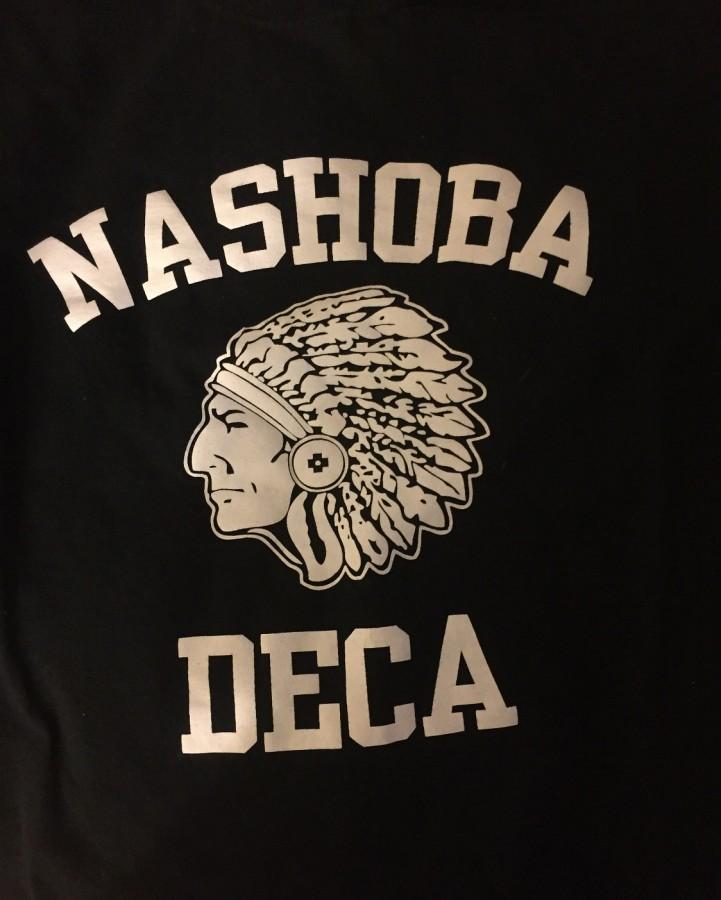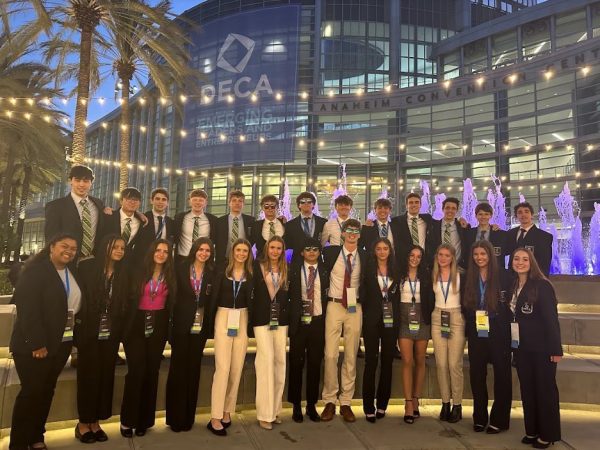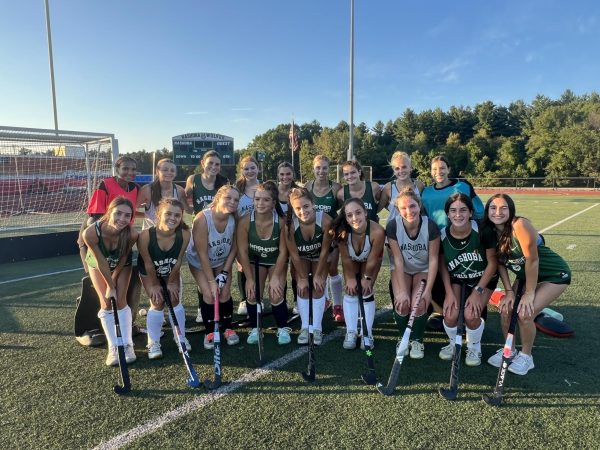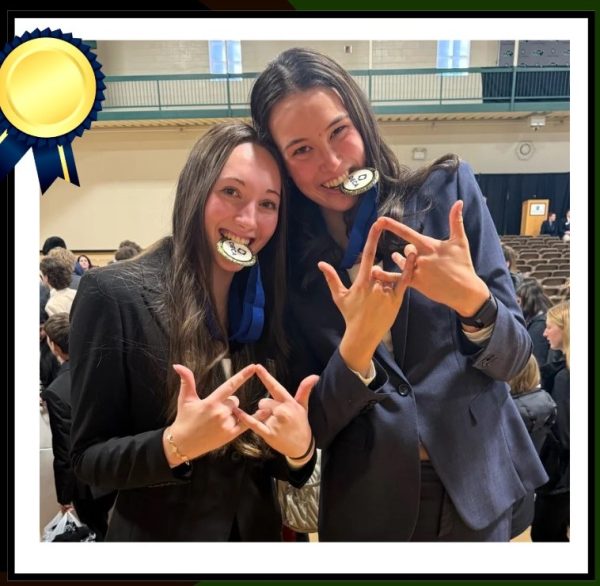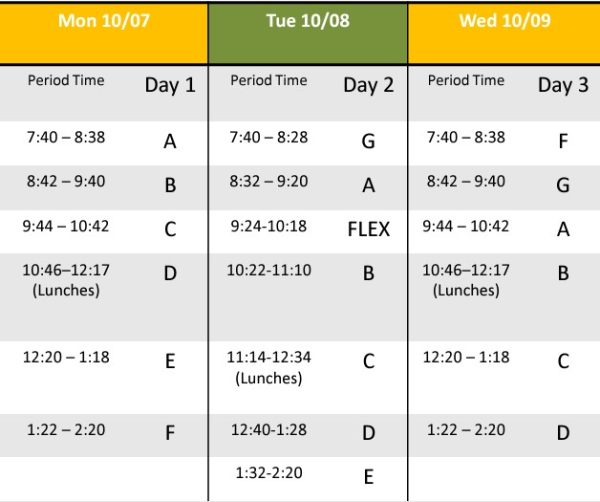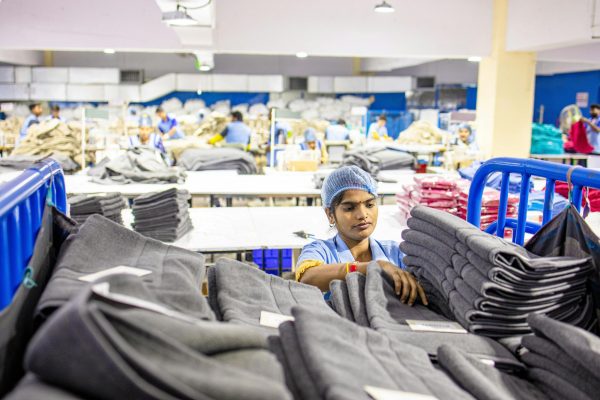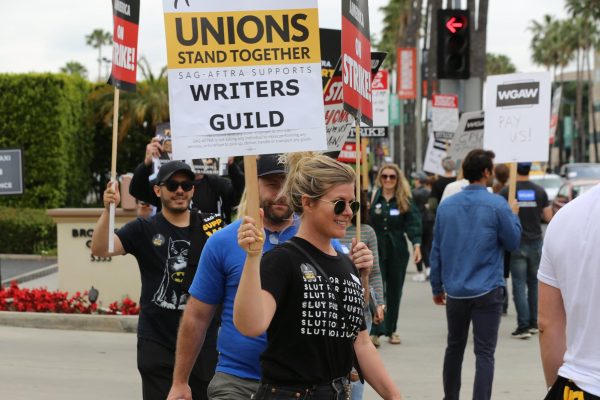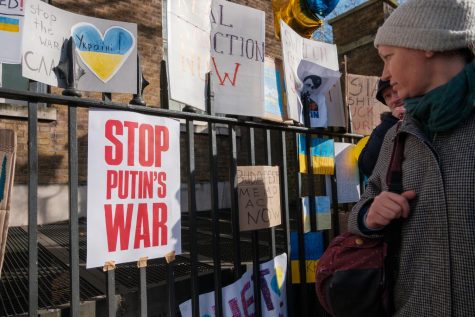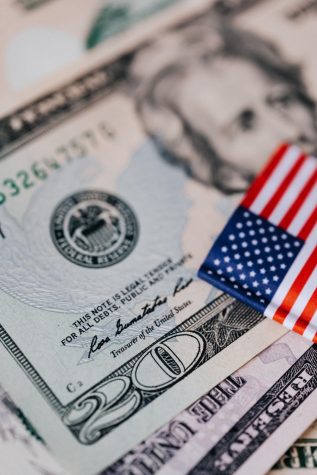Another Mascot Article
Analyzing the Effect of the Mascot on Nashoba’s Community
Around the country, the use of Native American imagery and caricatures for school mascots has become a hotly contested issue of late. This discussion has played out within Nashoba, and the battleground that is Nashoba’s classrooms, fought in the hearts and minds of students, faculty, and community members, is a microcosm of a greater movement taking place in many areas of the United States. In schools around the United States, the argument for change is predicated on similar footing: the use of this imagery is offensive to large portions of the Native American population due to the racial makeup of the schools using these mascots and the long, troubled, history of the treatment of Native Americans in the United States.
There is certainly value to this argument, and the discussion of whether Nashoba should or should not respect the wishes of Native Americans and heed the call of those like Nate Morrison to finally eradicate this bigoted and hurtful symbol will play out for years to come. Beyond this more straightforward dispute, there is another perspective which one can take.
It is undeniable that the contentious and hotly debated mascot issue is not going away anytime soon. It is undeniable that there will be members of the Nashoba student body, members of the faculty, and members of the community who strongly feel that the use of Nashoba’s mascot is reprehensible. People who feel this way are therefore unable to include themselves in Nashoba events or are forced to participate in an uncomfortable and hypocritical nature. As long as Nashoba continues to have a divisive and controversial mascot, some people will be left out of the strong, supportive community that Nashoba has tried to foster and destroys the attempts to bolster school spirit for which the administration has painstakingly endeavored.
For example, this year’s Nashoba DECA t-shirts featured a prominent and unabashedly stereotypical Native American portrait, topped with a brazen and inaccurate headdress. Teachers and students were encouraged to wear these shirts to school the day of the state DECA competition. Many members of the Nashoba community, in order to show their support for this overwhelmingly positive and successful program, were forced to feel hypocritical and disrespectful. This alienating experience marred what otherwise should have been an extraordinarily educational and community-building experience.
When the case for changing the mascot is opposed, it is often opposed on the grounds that the use of Native American imagery is a matter of maintaining school spirit and upholding the long history of the Nashoba Chieftains. However, Nashoba should care more about their long history of community inclusiveness and supportive student body. The tradition of strong community bonds is far more vital to sustaining the heart of Nashoba than keeping an old mascot. All should agree, no matter their position on the offensiveness of the mascot, that if we really care about this school, we have a moral imperative to change the mascot.

